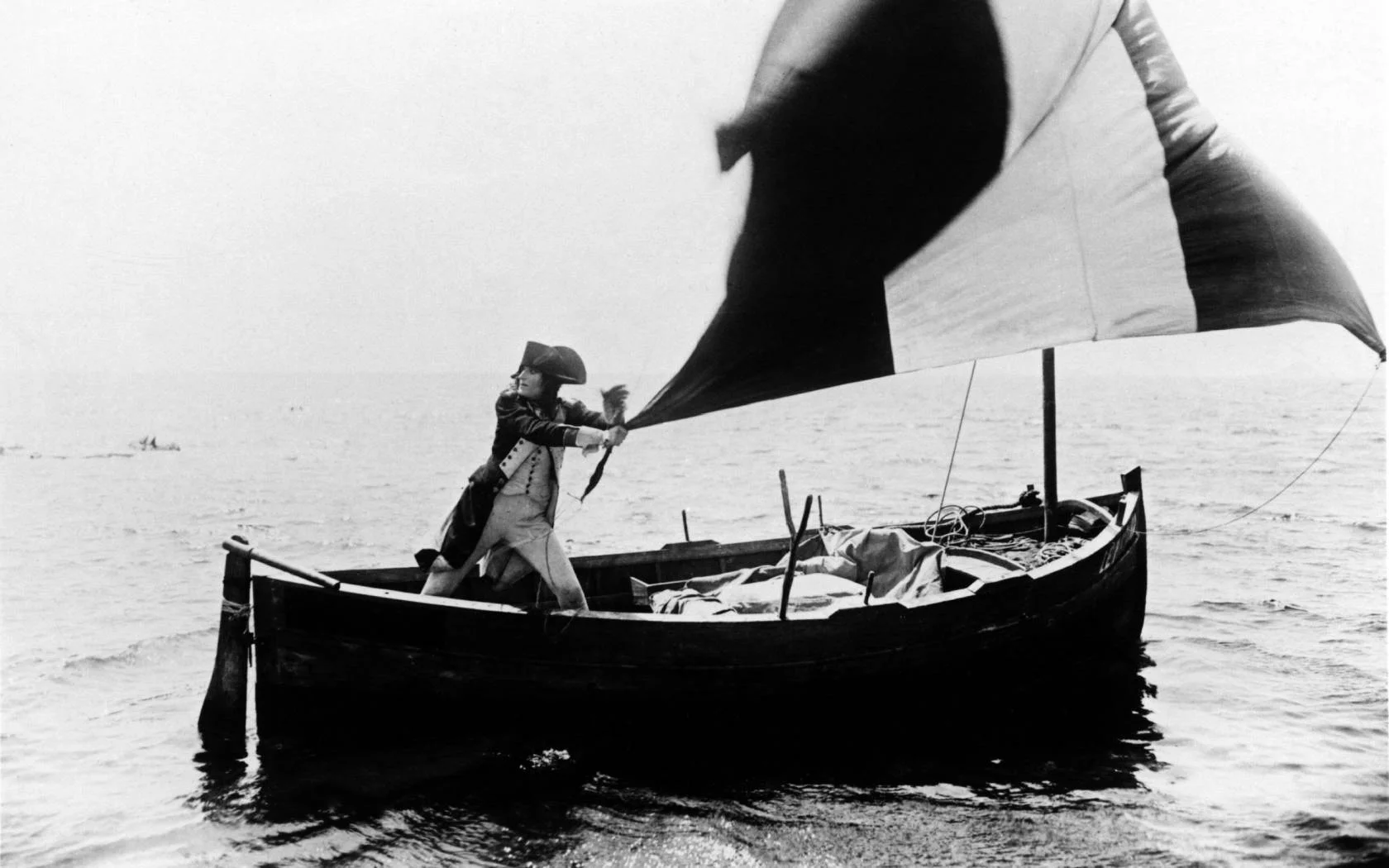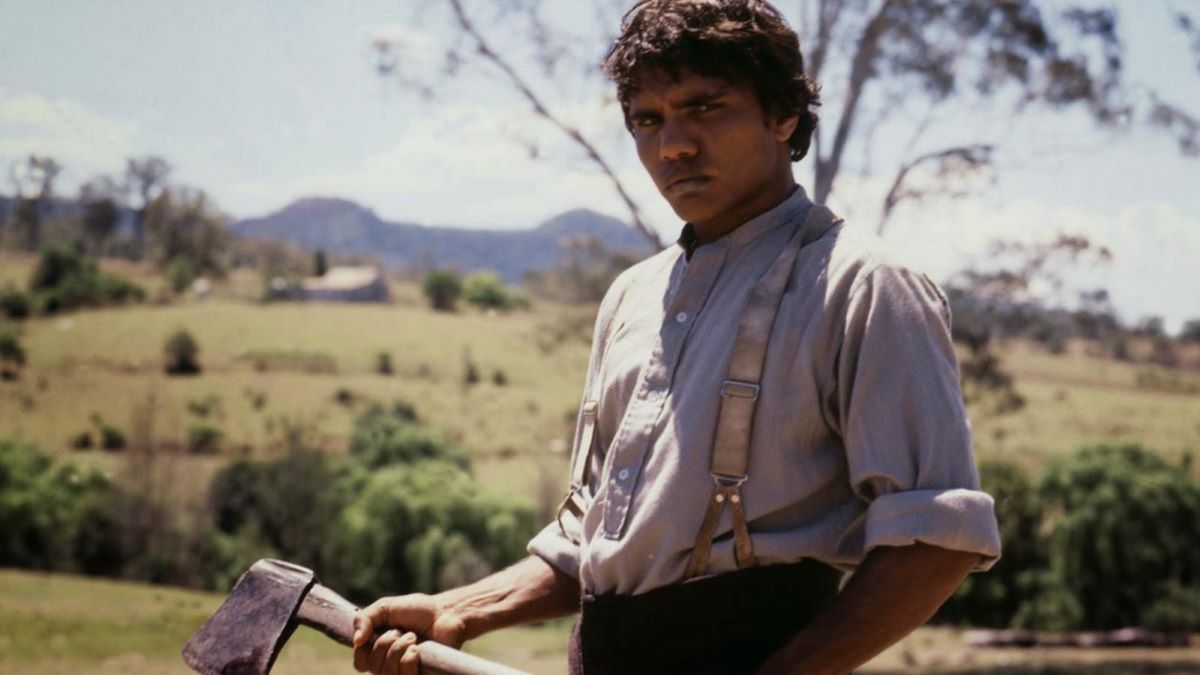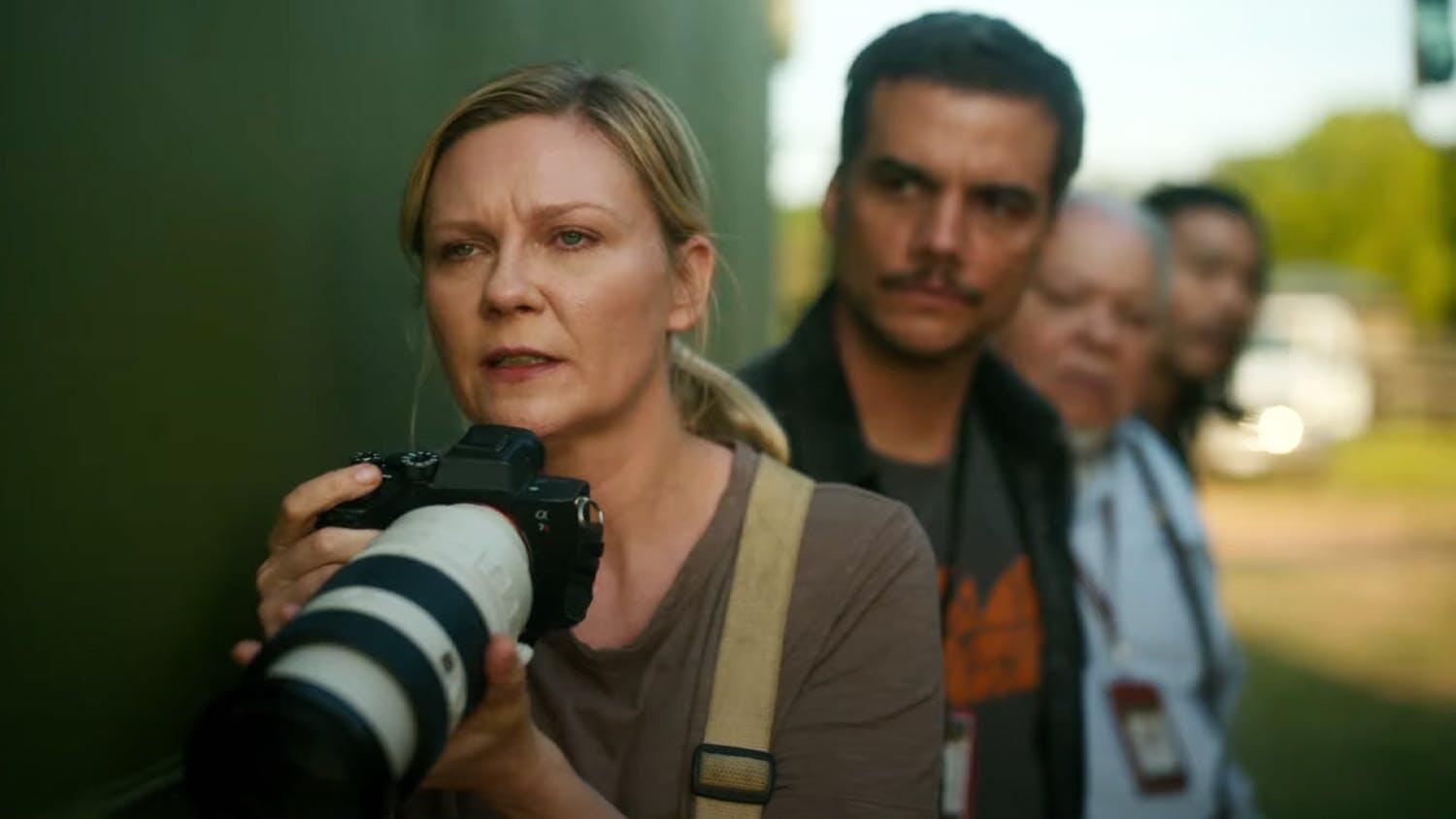by Pauline Kael
The Sting, with Paul Newman and Robert Redford, strings together the chapters of a Saturday-afternoon serial, each with its own cliffhanger, and we’re invited to wait around to see what the happy twosome will do next. The happy twosome seem to have something for each other, and for most of the rest of the world, that I don’t tune in to. They’re fine as actors (on the occasions when they practice their profession), but I don’t respond to their arch love games, as in Butch Cassidy and the Sundance Kid and this new one, in which they’ve swapped mustaches — Newman now has the dashing ornament. They were darling desperadoes in their last match; now they’re hearty hoods. I would much rather see a picture about two homosexual men in love than see two romantic actors going through a routine whose point is that they’re so adorably smiley butch that they can pretend to be in love and it’s all innocent. (It was more fun in the forties and fifties, when male couples played these games and we guessed from the way they looked at each other that they really were lovers offscreen.) Newman and Redford are probably the two sexiest male stars in the country, but when they play boyish coquettes the show is cloying. And the absence of women really is felt as a lack in this movie. (The device of giving the heroes unimportant women characters for bedmates just calls attention to where the, true box-office feeling is.) But then not only is half of humanity omitted — so is most of what engages the remaining half. The Sting, which is about big-time cardsharps and swindlers, is meant to be a roguishly charming entertainment, and I guess that’s how most of the audience takes it, but I found it visually claustrophobic, and totally mechanical. It keeps cranking on, section after section, and it doesn’t have a good spirit. As for its heroes’ vaunted charm, isn’t it a little late in life for Robert Redford (who has turned almost alarmingly blond — he’s gone past platinum, he must be into plutonium; his hair is coordinated with his teeth) to be playing a raw kid, a novice con artist, and isn’t it a little early in life for Paul Newman to be playing an old-pro trickster coming out of retirement for one last score? It’s the acting profession that Newman seems to be prematurely retiring from. He looks almost obscenely healthy — as if he never missed his ten hours of sleep a night. And what would be keeping him up? He and Redford let their cute thirties hats do their work for them. The only lines in Paul Newman’s face are those exquisitely happy crinkles around his eyes; he’s beginning to look fatuously happy. The setting is the ragtime thirties — a synthetic period compounded of Scott Joplin’s rags (Joplin died in 1917) and thirties gangster films — and the director is once again the implacably impersonal George Roy Hill. The script, by David S. Ward (Steelyard Blues), is a collection of Damon Runyon hand-me-downs with the flavor gone. Robert Shaw plays the sullen, stiff-necked menace with a brogue and some bullying force, but the whole movie is full of crooks as sweeties. The Sting is for people — and no doubt there are quantities of them — who like crooks as sweeties.
New Yorker, December 31, 1973




